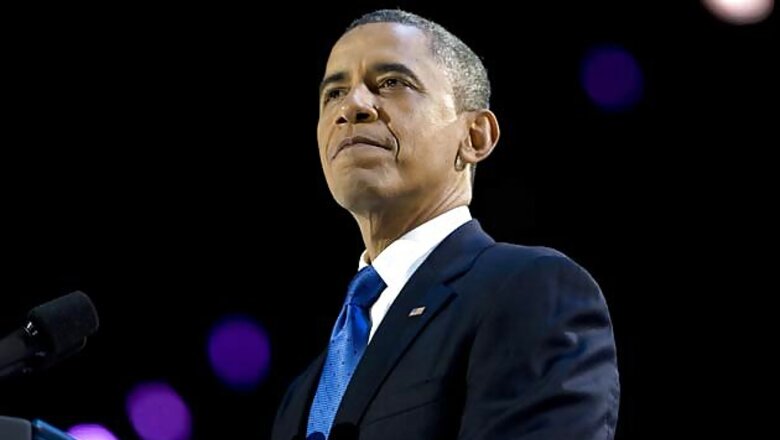
views
1. Frank-Dodd Act
The legislation is the US' response to the global financial crisis of 2008. The Act was signed into law in July 2010 by President Barack Obama. Some of the major aspects of the Act include regulation of mortgages, loans and credit cards, overseeing Wall Street and systemic risks that occur within, and regulate, risky derivatives. The Volcker Rule, which is a sub section of the Act, bans banks from proprietary trading or using hedge funds to do the same. The basic idea of the rule is to stop banks from gambling with depositors' money. Even though it was legislated in record time, the Frank-Dodd Act has been implemented very slowly. Only a third of the rules have been made while the rest are yet to be finalised. The Volcker Rule will be a major point of discussion in 2013 and even if some part of it is implemented, it has the potential to affect liquidity in global markets. Financial liquidity in global markets is often provided by large traders such as hedge funds. Banks are often the main source of funds for many hedge funds that invest the money in global markets. A large part of the liquidity in Indian equity markets is accounted for by portfolio investors. If the Volcker Rule becomes a reality, then it has the potential to affect liquidity across the globe, and that includes India.
2. Unified Regulator
India's financial sector is governed by a jumble of laws and a plethora of institutions. The Financial Sector Legislative Reforms Commission (FSLRC), headed by Justice BN Srikrishna, has suggested creating a super-regulator or the Unified Financial Agency. The commission also wants to set up a Financial Redressal Agency, an independent debt management office and a financial sector appellate tribunal. At present, mutual funds come under the Securities Exchange Board of India (SEBI) while the insurance industry is regulated by the Insurance Regulatory and Development Authority (IRDA). Pensions are overseen by the Pension Funds Regulatory and Development Authority. Merging the different regulators will lead to an exchange of information, which will lead to greater transparency. But despite a merger, the overall number of regulatory bodies will still be seven as the commission wants three new agencies set up. The FSLRC is scheduled to submit its recommendations by March 2013. If these are implemented, India's financial sector will come under a radically new regulatory regime.
3. How LIBOR IS calculated and monitored
The London Inter-Bank Offered Rate (Libor), the benchmark lending rate recognised worldwide, came under a cloud in 2012 when it was revealed that it was often rigged. Investment bank Barclays was fined £290 million and its CEO and chairman were fired. The Libor that was manipulated by certain banks is a daily reference rate at which banks borrow from each other. It is an international reference rate that is used to price securities or instruments that go up to around $600 trillion. The Financial Services Authority (FSA) is probing the case. Its following recommendations will likely become law next year:
1. There will be an independent administrator for Libor, which is now handled by the British Bankers' Association. The independent administrator will be monitored by the Finance Conduct Authority (FCA).
2. The benchmark administrators will have to confirm submissions and look out for any doubtful activity.
3. Initially, the Libor will be the only regulated benchmark in the UK, but the FSA is thinking of a new regime to monitor other benchmarks as well.
4. Those banks that give data to formulate the Libor should have a clear conflict of interest policy and appropriate controls in place.
In 2013, the FSA will be replaced by two new regulatory bodies: The Prudential Regulation Authority - which will be a subsidiary of the Bank of England - will be responsible for the stable and prudent operation of the financial system through regulation of all deposit-taking institutions, insurers and investment banks; the second, the FCA, will regulate conduct in retail, as well as wholesale, financial markets and the infrastructure that supports those markets. Since Libor is used to price credit across the globe, changes to its calculation and monitoring will ripple through debt markets worldwide.
####


















Comments
0 comment